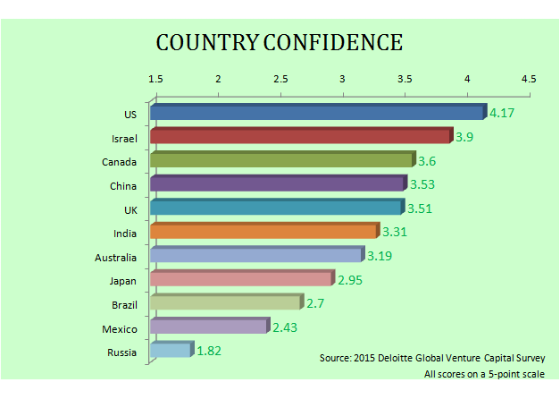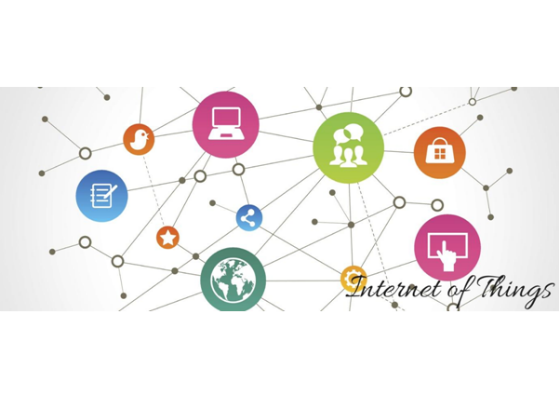These data challenges are best described as a “last mile” problem, from the challenges of extracting data from devices, machines and remote platforms to those of interpreting it to drive productivity and peak performance. Whether we’re talking about a connected home, a piece of wearable technology or an industry-scale solution, there’s often a disconnect between collecting new data and actually exposing the information mined in a way that can be deeply understood and explored.
Here are three keys to overcoming these hurdles and taking IoT over the finish line:
1. Interactivity: Smartphones aren’t just instrumental in the Internet of Things but actually offer a compelling analogy for one of its hurdles. Think back to when Steve Jobs first introduced the iPhone to the world. He contrasted the revolutionary new “giant screen” against the standard buttons on phones. His argument for the innovation was that every app needed its own screen and user interface. As he put it, “buttons and the controls can’t change. They can’t change for each application, and they can’t change down the road if you think of another great idea you want to add to this product.”
A similar conundrum applies to analytics. Every question we ask of data needs its own chart and its own visual perspective — and this is especially true when it comes to the exploding amounts of sensor data that form the foundation of IoT. Unfortunately, most IoT applications ship with “one-size-fits-all” views, perhaps better referred to as “dead-end dashboards.” They answer a pre-determined set of questions, deemed worthy of answering by a small clan of “experts” – whether that means the health experts behind FitBit or the engineers behind GE’s Predix platform.
To realize the full potential of the Internet of Things, tools need to be far more flexible, letting users sculpt and mould data in different ways depending on a user or organization’s needs. Interactivity, drill-ability and sharing are crucial to making IoT data useful without requiring a huge data project. Ideally, users will be able to have casual and in-depth conversations with their data and with other data explores so they can uncover all sorts of permutations and sometimes even reveal patterns they didn’t know existed.
For example, you may be able to use an IoT application that looks at the historical activity data of a broken engine, gas turbine or locomotive to predict what conditions lead to failures and how often a failure event is likely to happen. But what if you wanted to look at the parts that fail the most? And understand which factories manufactured these parts? And know when? And learn what suppliers caused the most issues? That’s where interactivity and share-ability are key.



